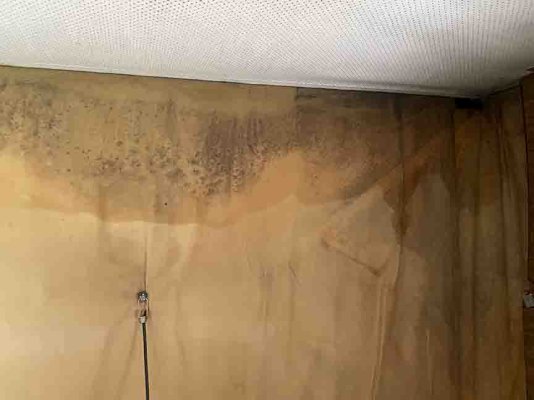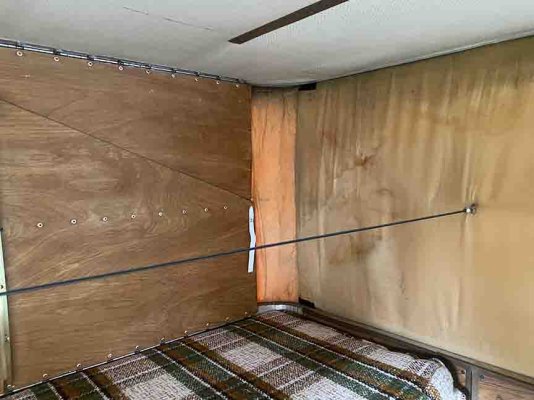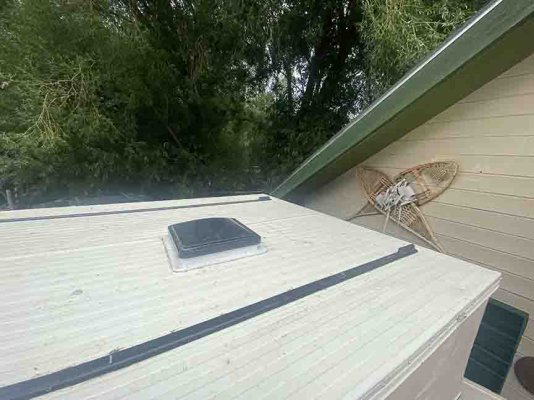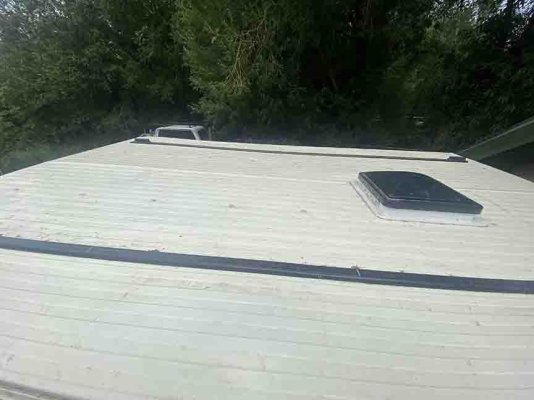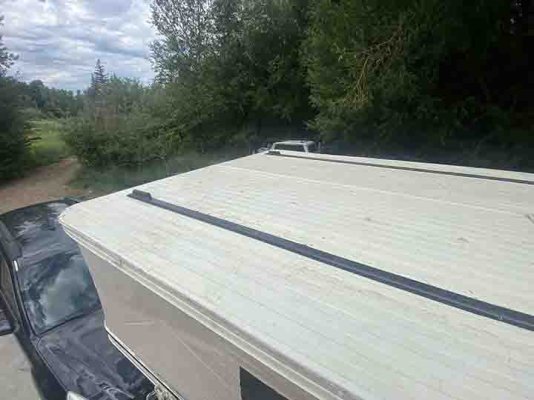I'm a new relatively owner of a 2014 Fleet, mounted on a Tacoma. I'm not the handiest guy around but looking to learn.
Kept the rig on the truck this winter in Michigan and discovered moisture inside when I popped up in March.Cleaned it up and went camping . Camped in the south and had no issues.Came home and headed out again and camped in Tennessee following a rainstorm and more moisture showed up. Can't see any holes or caulking cracks on the exterior. Seems to have dried up OK in the sun..
Any suggested fixes? Or is it just normal condensation build up?
Kept the rig on the truck this winter in Michigan and discovered moisture inside when I popped up in March.Cleaned it up and went camping . Camped in the south and had no issues.Came home and headed out again and camped in Tennessee following a rainstorm and more moisture showed up. Can't see any holes or caulking cracks on the exterior. Seems to have dried up OK in the sun..
Any suggested fixes? Or is it just normal condensation build up?

